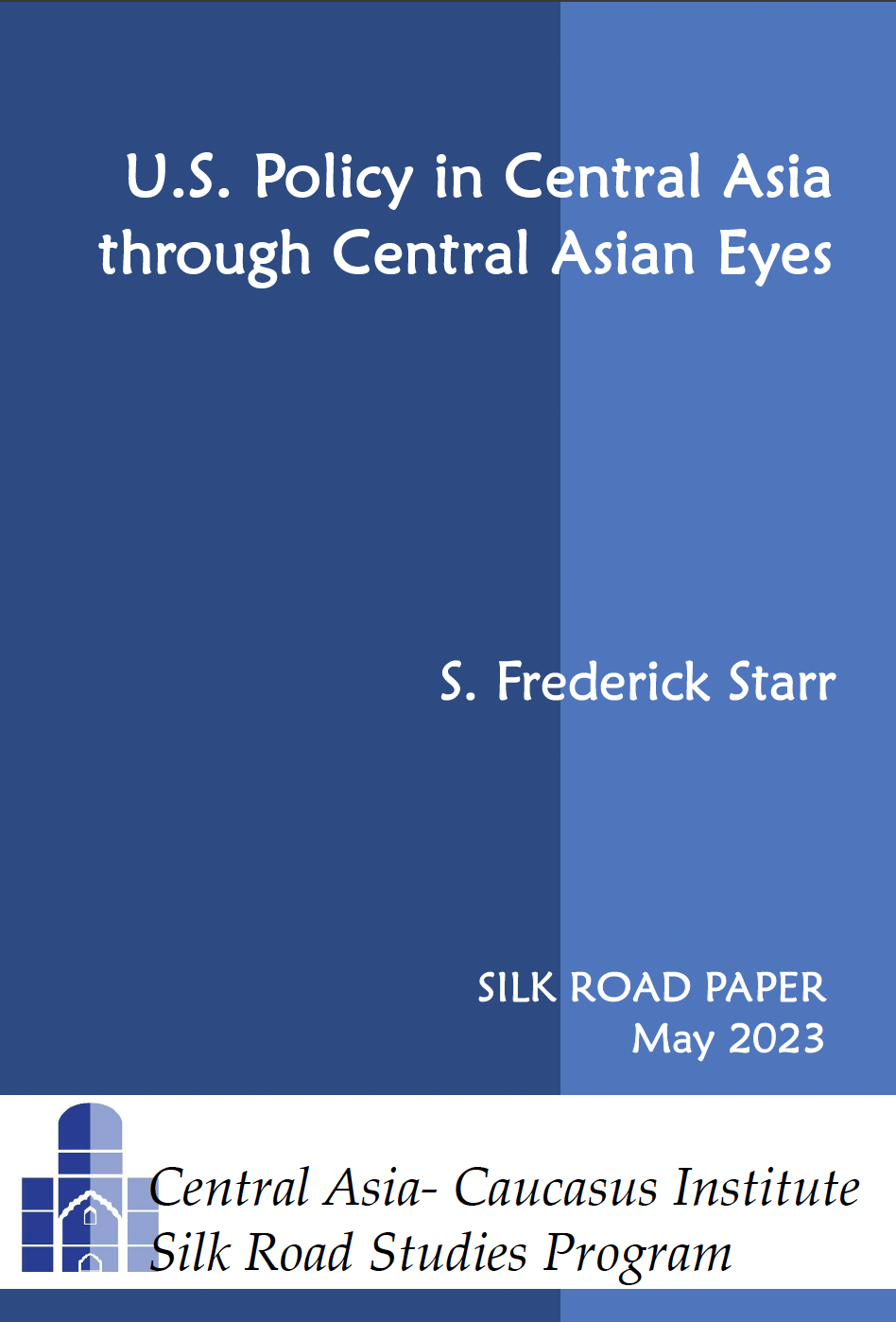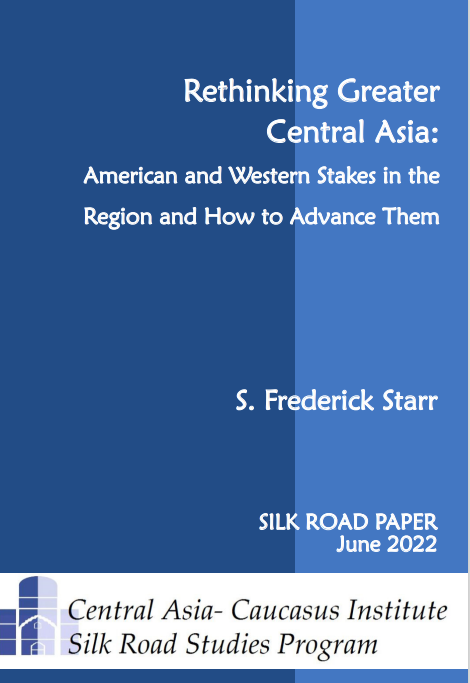Tuesday, 11 July 2006
AFGHANISTAN’S UNRULY PROVINCE
By empty (7/11/2006 issue of the CACI Analyst)
Afghanistan\'s southern province of Helmand is fast turning out to be one of the country\'s most dangerous, with almost daily clashes between militants and foreign and Afghan troops. More than 3,000 British troops have been deployed there since May, as part of a strengthened Nato force in the south aimed at tackling the twin threats of a resurgent Taleban and the country\'s drug trade. Helmand, with rocky mountains in the north and desert in the south, shares an open border with Pakistan and is said to produce nearly 20% of Afghanistan\'s opium crop.
Afghanistan\'s southern province of Helmand is fast turning out to be one of the country\'s most dangerous, with almost daily clashes between militants and foreign and Afghan troops. More than 3,000 British troops have been deployed there since May, as part of a strengthened Nato force in the south aimed at tackling the twin threats of a resurgent Taleban and the country\'s drug trade. Helmand, with rocky mountains in the north and desert in the south, shares an open border with Pakistan and is said to produce nearly 20% of Afghanistan\'s opium crop. In short, it is the world\'s leading opium poppy growing region. The last time British troops were deployed in Helmand was in the 19th Century, and they left after two disastrous wars. Their experience this time is proving to be equally daunting. Part of the reason Helmand is so dangerous is because the Taleban have a major presence in the province. The Taleban has influence in almost every district and there are some areas where they are said to be firmly in control. In these areas they are seen as a real source of power, overshadowing the government, making villages there almost no-go areas for the security forces, particularly at night. It is very easy for them therefore, to launch attacks against coalition forces and melt into the countryside. It is also one reason why the US-led coalition has been particularly severe in its attacks in Helmand, targeting what it says are known Taleban strongholds and compounds. (BBC)






 Book S. Frederick Starr and Svante E. Cornell,
Book S. Frederick Starr and Svante E. Cornell,